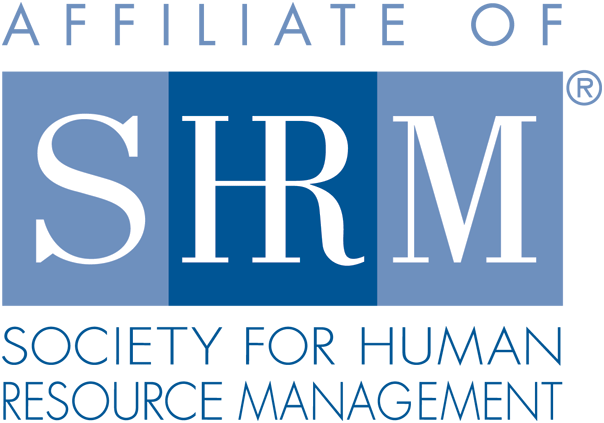
| Past Issues | Advertise | www.nehra.com | insights archive |
Five Myths of the Skills Gap
![]() Print this Article | Send to Colleague
Print this Article | Send to Colleague
1. Myth: The skills gap is to blame for the thousands
of unfilled positions.
Truth: In all
reality, there are many aspects that contribute to positions going unfilled.
Employers feeling its effects, politicians using it to defend unemployment
rates, superintendents seeking school reform and others place a lot of fault on
the skills gap. But the fact is, there are things going on behind the scenes
when employers have a difficult time hiring, such as not offering competitive
salaries, setting unrealistic expectations and more. Proponents of the
"non-existent skills gap" theory would argue that it actually has little to do
with being unable to find qualified employees and everything to do with the
fact that employers just donít pay enough to get the level of talent theyíre looking
for.
2. Myth: One of the main reasons the skills gap exists
is because employees need years of higher education to learn a skill, which is
a deterrent.
Truth: This
myth is both true and false. It is true that the skills gap exists because
employees donít have the necessary training to do a job and depending on the
job, that training can sometimes take years to complete. However, there are
many job openings that fall victim to the skills gap that donít require higher
education. In fact, the Brookings Institute conducted a study that revealed half of all science, technology, engineering and
math jobs in the U.S. do not require a four-year degree.
Itís my belief that itís not necessarily the length of time it takes to learn a
skill that keeps people from doing so, but instead is the difficulty of
understanding the subject matter (math, science) and the lack of motivation to
stick with a program.
3. Myth: Bridging the skills gap means companies wonít
need to train their employees.
Truth: The
myth that qualified employees take away the need for employers to provide
training couldnít be further from the truth. Even when employees come to a job
with all the necessary skills and training, technology shifts, processes change
and industries evolve. The most qualified people will experience the skills gap
at some point in their career. Short of hiring all new employees every time
thereís a change to the business, companies will still need to provide
training.
4. Myth: Universities, schools and technical programs
are to blame for those who come out of their programs unqualified.
Truth: You
know the phrase "You can lead a horse to water but you canít make it drink"?
Well you can provide students with educational opportunities but you canít
actually force them to learn. Even in the best schools, students graduate or
complete programs, unequipped to enter the real world. On the other hand,
schools have a long way to go to better equip our young people. Many
universities and technical schools are combating this by providing very
job-specific training that really acts more as an extended on-boarding for
specific jobs or companies. Itís one step in the right direction to bridging
the gap between schools and employers.
5. Myth: The skills gap doesnít exist.
Truth: As I
mentioned in the first myth, there are some who believe the skills gap simply
doesnít exist. They make the valid point that unemployment is all about supply
and demand. They say that if there was truly a shortage of qualified workers,
employers would pay more and the demand would be met by candidates willing to
get the training they needed to earn those higher salaries. There are some
compelling arguments for the non-existent skills gap theory, but I do believe
it exists as I have personally seen it severely affect businesses. The skills
gap sometimes tends to be the go-to scapegoat for those attempting to explain why
itís so difficult to fill positions, but that doesnít mean it isnít true.
